Sports
What to make of Blue Jays’ struggling relievers – Sportsnet.ca
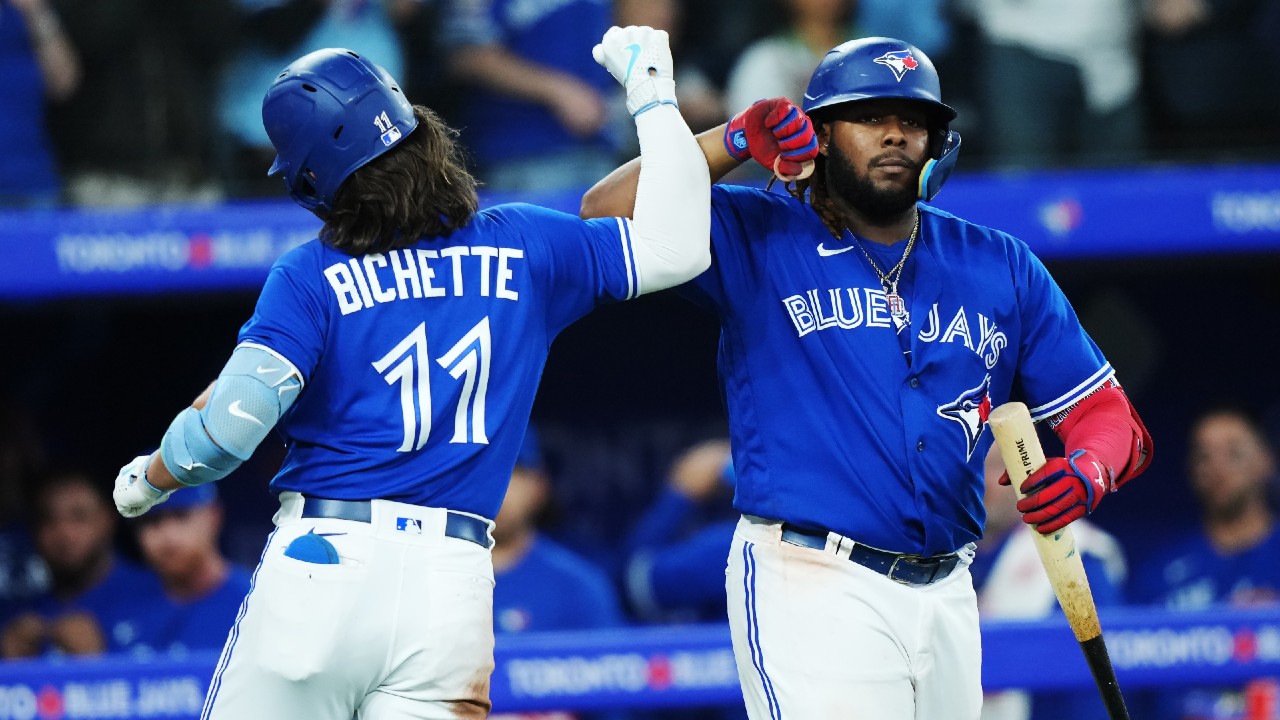
May 30, 2024, 10:13 AM
TORONTO — So far, one of the most reliable consistent characteristics of the 2024 Toronto Blue Jays is their tendency to float from one crisis to another.
At the beginning of the season, Kevin Gausman wasn’t himself, Chris Bassitt was stumbling out of the gate and the team didn’t seem to have a fifth starter it could trust. The rotation issues eventually abated, with the injury Alek Manoah suffered on Wednesday bringing uncertainty back.
For most of the year, the biggest obstacle between the team and a winning record has been an inability to score runs, though. While a couple of splashing performances against AL Central foes don’t have anyone believing Toronto’s lineup is a juggernaut, after scoring nearly six per game over its last eight, the Blue Jays’ offensive woes feel less acute than they have for most of the season.
That’s opened the door for a new calamity, specifically a bullpen that has underperformed by a sizable margin.
Last season, Toronto’s relievers were eighth in the majors in ERA (3.68), ninth in fWAR (5.1) and third in strikeout rate (26.0 per cent). In 2024, they rank 28th (4.77), 29th (-1.1) and 27th (19.6 per cent) by the same measures.
Although many teams experience plenty of turnover in the bullpen, just 10 of the 186.2 innings Blue Jays relievers have logged this year have come from guys who were not part of the organization last year — and two of those were provided by infielder Isiah Kiner-Falefa. Toronto has received 94.6 per cent of its relief innings from a collection of arms that combined to produce elite results in 2023.
When it comes to relievers, year-to-year volatility is a fair expectation, but the Blue Jays have experienced radical decline. In order to get to the bottom of whether this trend is one that’s likely to continue, we’re going to put the microscope on each underachieving reliever and try to determine what level of concern their early-season struggles should warrant.
To qualify for that examination, pitchers had to be performing worse than meaningfully worse than they did in 2023 (ruling out Yimi García, Trevor Richards, Zach Pop, Chad Green, Nate Pearson and the duo of Brendon Little and Paolo Espino — who combined for just 4.2 innings in the majors last year). They also must remain with the organization (eliminating Mitch White and Wes Parsons, but not the recently demoted Erik Swanson, who is still on the 40-man roster).
With those relievers taken out of the mix, what remains is a quartet of underperformers dragging down the Blue Jays’ results. After giving Toronto 202.2 innings of 2.52 ERA ball in 2023, Jordan Romano, Génesis Cabrera, Tim Mayza and Swanson have produced a 6.30 mark this year — conceding almost as many runs in two months (52) as they did over their full 2023 campaign (62).
Jordan Romano
2024 stats: 8.56 K/9, 2.53 BB/9, 2.63 HR/9 in 13.2 innings with a 6.59 ERA and 7.23 xERA
What seems to be the problem?: Romano’s early-season woes stem from two sources. The first is that his strikeout rate has taken a meaningful dive. Between 2021 and 2023, his strikeout rate (30.3) ranked 34th among 203 qualified relievers.
This season, it’s a below average 20.7 per cent, driven by the fact he’s only gotten a 6.5 per cent whiff rate from his fastball — a pitch he throws nearly half the time (47.9 per cent) that opponents whiffed at plenty last year (32.3 per cent).
He’s also struggled to keep the ball in the park. Three home runs in a relatively small sample may not seem like a big deal but he conceded just six last season and four in 2021. While fastball worries are at the root of the strikeout struggles, the slider has been vulnerable to big cuts (.621 SLG against).
How high is the concern level?: Medium-high.
Romano’s velocity is in line with his career norms and his control is solid, but there are some odd things happening with the movement of his pitches.
The vertical movement on the righty’s stuff is consistent with what we’ve seen before, but the horizontal cut differs significantly from last season.
Romano has gone from a pitcher whose four-seam fastball doesn’t run with a slider possessing excellent gloveside movement, to a guy whose slider isn’t doing much horizontally with a fastball showing middling movement in that direction.
That doesn’t seem like a particularly good trade, considering how important moving away from hitters — or into the feet — is for a slider.
Here’s an example of how Romano’s breaking ball moved last year, making its way to the corner of the plate:
This season, the vertical movement remains prominent, but the sliders aren’t doing much to move away from right-handed hitters. This meatball from Romano’s rough outing on Sunday is a good example.
Meanwhile, the run Romano has gained on his four-seam fastball doesn’t seem to have much utility for the vertically oriented pitch.
If anything, Romano might’ve been benefitting from the unusual lack of horizontal movement on his fastball before. Sometimes separation from the norm can be valuable, even if it means less movement. For example, in Marco Estrada’s career year of 2015, his changeup had 5.6 inches less drop than the MLB average and hitters would often swing below it in anticipation of more movement.
Until Romano’s stuff starts moving more like it did in the past, it will be hard to project the same level of success for him that he’s enjoyed in recent years.
Tim Mayza
2024 stats: 6.62 K/9, 4.58 BB/9, 1.02 HR/9 in 17.2 innings with a 5.60 ERA and 6.80 xERA
What seems to be the problem?: A quick look at his Baseball Savant page would suggest just about everything.
Not only are the topline results ugly, Mayza has lost his trademark ability to generate grounders in 2024. Between 2021 and 2023, he produced metronomic groudball rates between 57.9 and 58.8 per cent, but he’s currently sitting at 37.3.
The southpaw’s strikeout rate is higher and he’s also walking more hitters, but normally the way he keeps the ball on the ground can help mitigate issues in those areas. Not so much this season.
How high is the concern level?: High.
Unlike the other pitchers on this list, Mayza has lost some real juice, with his fastball velocity dipping 1.5 mph from his 2023 average.
He’s not a pitcher who intuitively seems to rely on velocity, but it’s clear that his sinker isn’t playing nearly as well around 92 mph as it did in the 93-94 mph range. The movement on the pitch is consistent with what we saw last year, but hitters have been able to lift it far better than before.
Mayza is allowing a launch angle of 11 on the offering in 2024 after never topping five in previous seasons. The southpaw is also struggling to get hitters to chance his sinker outside the zone with a chase rate of 19.4 per cent — a significant downgrade from last year’s 31.1 per cent. It’s possible that lost velocity is giving hitters a better chance to recognize if Mayza’s signature offering will land out of the zone.
Although the veteran’s slider hasn’t experienced notable regression, the sinker is his bread-and-butter. Right now, it’s not working.
Génesis Cabrera
2024 stats: 5.23 K/9, 5.23 BB/9, 1.74 HR/9 in 20.2 innings with a 4.79 ERA and 4.93 xERA
What seems to be the problem?: Cabrera’s ERA could be worse, but he’s walked as many hitters as he’s struck out and conceded twice as many home runs as he did during his stint with the Blue Jays last season.
The 27-year-old has been relatively competent against left-handed hitters with a reasonable .683 OPS against, which isn’t a massive downgrade from last year’s number (.630).
Cabrera has been a disaster against righties, though. When he doesn’t have the platoon advantage, opponents are slashing .432/.500/.636 against him. Those numbers are practically troubling from the left, considering 54.5 per cent of the hitters he’s seen have been right-handed.
How high is the concern level?: Medium.
Cabrera’s results are so bad, they cannot be dismissed. It’s also worth recalling that from the beginning of 2022 to his Blue Jays debut, he created more negative fWAR (-1.0) than any MLB reliever.
The reasonable baseline with him is probably lower than Blue Jays fans most familiar with his work in 2023 might assume — and his below-average run suppression results aren’t shocking.
At the same time, Cabrera’s underlying numbers are dismal compared to even the most pessimistic projection and he’s a tough pitcher to figure out.
He hasn’t lost a notable amount of velocity or movement, and the biggest alteration to his pitch mix is using his cutter more than ever. That pitch has been extraordinary (plus-6 run value), so that’s not at the root of his issues.
Both his fastball and sinker have been absolutely clobbered in 2024 and it’s hard to say why, beyond some spotty location. Both pitches have been solid in the past, despite the fact Cabrera is hardly known for painting the corners.
It seems like Cabrera is likely to turn some kind of corner, but his 2023 work in Toronto will always be a tough bar to clear.
Erik Swanson
2024 stats: 6.59 K/9, 2.63 BB/9, 3.29 HR/9 in 13.2 innings with a 9.22 ERA and 8.81 xERA
What seems to be the problem?: Swanson’s ability to suppress hard contact has fluctuated throughout his career, but in 2024 he’s gotten hammered. If a hitter produced the expected slugging Swanson has allowed (.655), he would rank fourth in the majors, between Shohei Ohtani and Bobby Witt Jr.
The veteran has also seen his strikeout rate absolutely crater, going from excellent last season (28.6 percent) to well below-average (15.8 per cent).
While Swanson has been hit around and failed to accumulate Ks, his walk rate has stayed in line with his career norms, meaning he hasn’t lost the zone completely.
His biggest issue has been a splitter that simply hasn’t fooled opponents. Last season, opponents slugged .266 against it and whiffed 34.3 per cent of the time. In 2024, those numbers sit at 1.071 and 25.9.
How high is the concern level?: High enough that the Blue Jays sent their primary setup man from 2023 to the minor leagues on Tuesday.
Despite poor performance that necessitated that step, there is every reason to believe that Swanson will be effective again for Toronto in the near future.
It’s worth remembering the right-hander dealt with both forearm inflammation and a harrowing family experience during the spring and pitched only 1.2 Grapefruit League innings.
There isn’t a single statistic that paints a pretty picture of his 2024, but his velocity and movement numbers are in line with what he showed in 2023. Fundamentally, Swanson is wielding the same stuff that has been effective for him in the past, meaning that location is the primary issue — and whether he’s tipping pitches needs to be investigated.
While we are witnessing a lowlight for the right-hander, there’s every reason to believe he’ll sort himself out. When that might happen is up in the air.

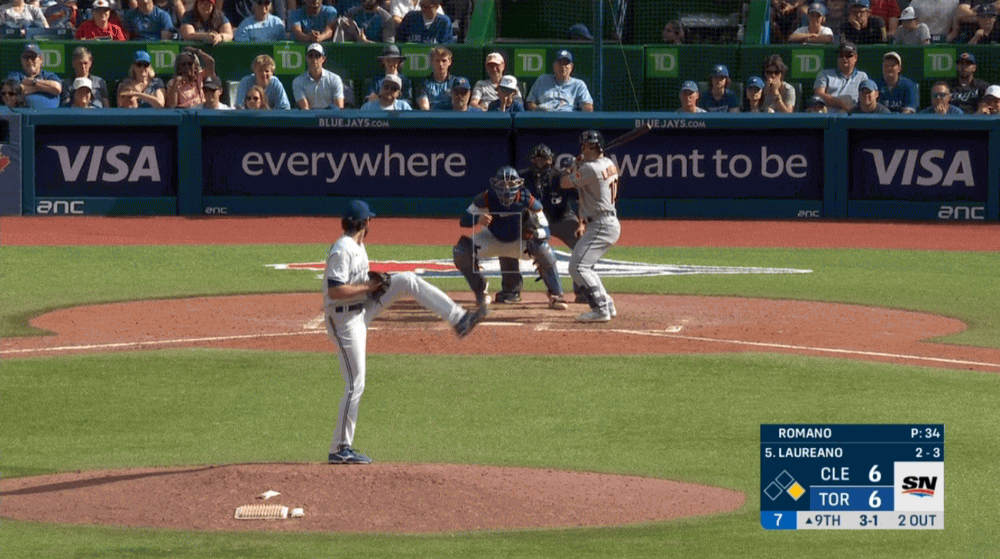
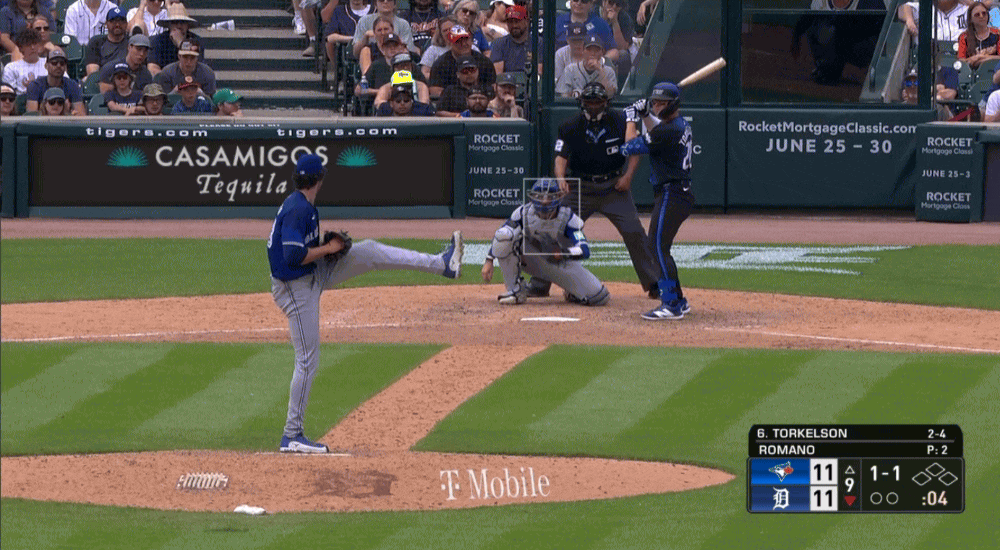
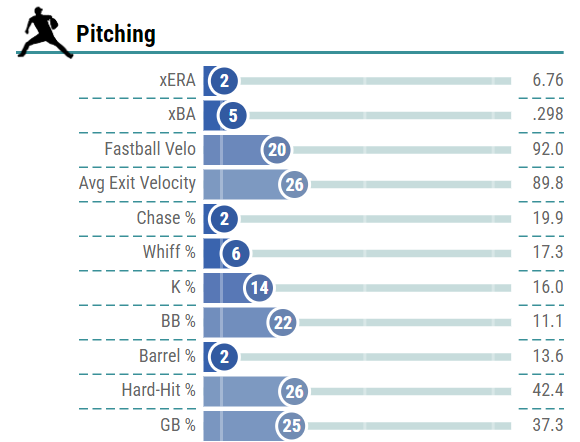
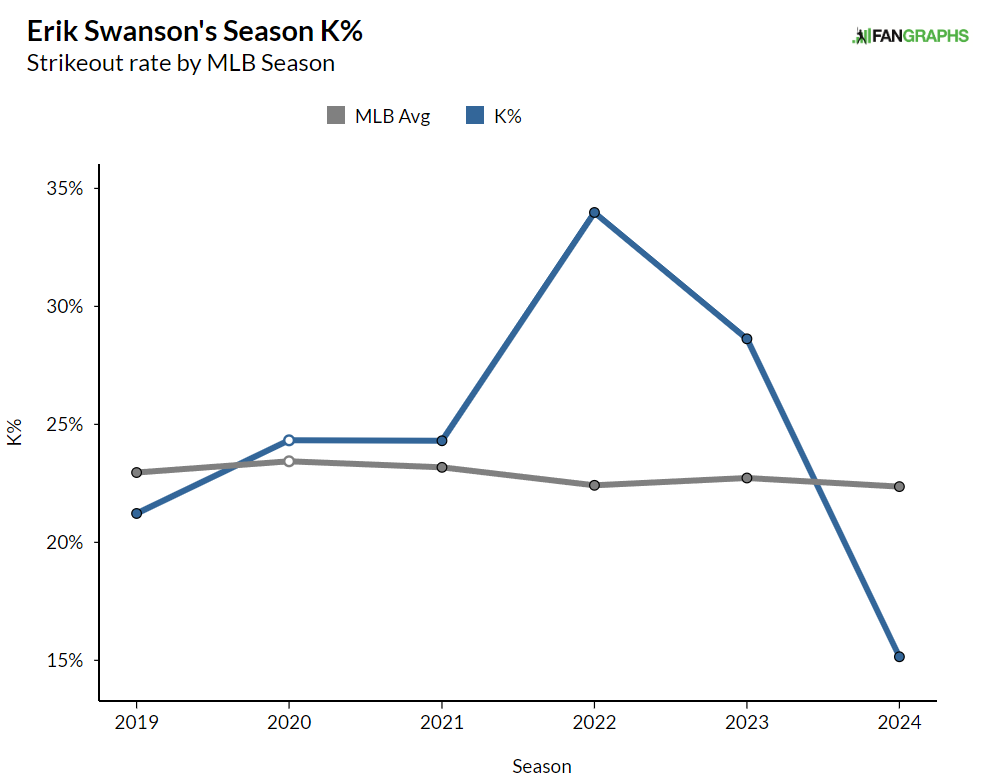

)






